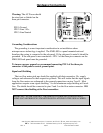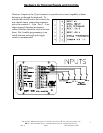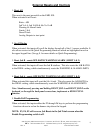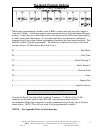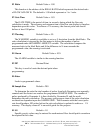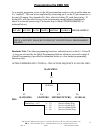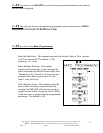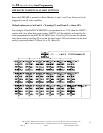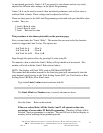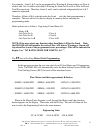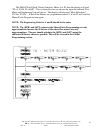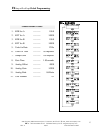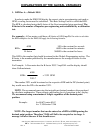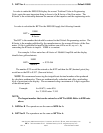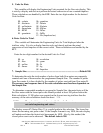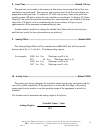
AW Company 8809 Industrial Drive, Franksville, WI 53126 à web: www.awcompany.com
Tel: 262-884-9800 Fax: 262-884-9810 | Email: aw@awcompany.com
REV. 4 10/05 EMO-500 Manual.DOC
14
The limit 3 number must be entered to proceed to Limit 4
The limit 4 number must be entered to proceed to Limit 2
As mentioned previously, Limits 1 & 2 are preset for ratio alarms and are very easily
adjusted for different ratio settings via the Quick Programming.
Limits 3 & 4 can be used to warn of other monitored parameters such as flow rates or
totalized fluid volumes. These settings can be adjusted as follows.
There are three parts to the full Limit Programming section and each part should be done
in order. They are:
1. Limit 3 Rule & value
2. Limit 4 Rule & value
3. Limit 2 Rule and or value
This procedure is also shown pictorially on the previous page.
First you must enter the "Limit 3 Rule". This means the user must select the function
wanted to trigger the Limit 3 relay. The options are:
- Job Total for A - Flow A
- Job Total for B - Flow B
- Job Total for A+B - Flow A+B
Page through the options above by pressing F4, enter using F6.
The numeric value at which the Limit 3 Relay will trip should now be entered. This
number will work with the Limit 3 Rule selected above.
NOTE: The display will flash "DP Location Will Match KFT/KFR".
This means that the number entered for the Limit trip point will automatically take the
same decimal point location as the Total Scaling Factor (KFT) for Total Limits or Rate
Scaling Factor (KFR)for Flow Rate Limits.
Type in the Limit 3 value desired and enter with F6
The Limit 4 Rule and Number entry is exactly the same as above.
Next the Limit 2 Rule can be entered.
< If the user selects Ratio A/B the Limits 1 and 2 will operate on the ratio
percentage of error under F3 Ratio Programming. Therefore, if Ratio A/B is
selected - limit programming is complete. The unit will exit to the last display in
memory before entering the programming mode.



